Mário Zagallo, one of the greatest figures in the history of Brazilian football – obituary
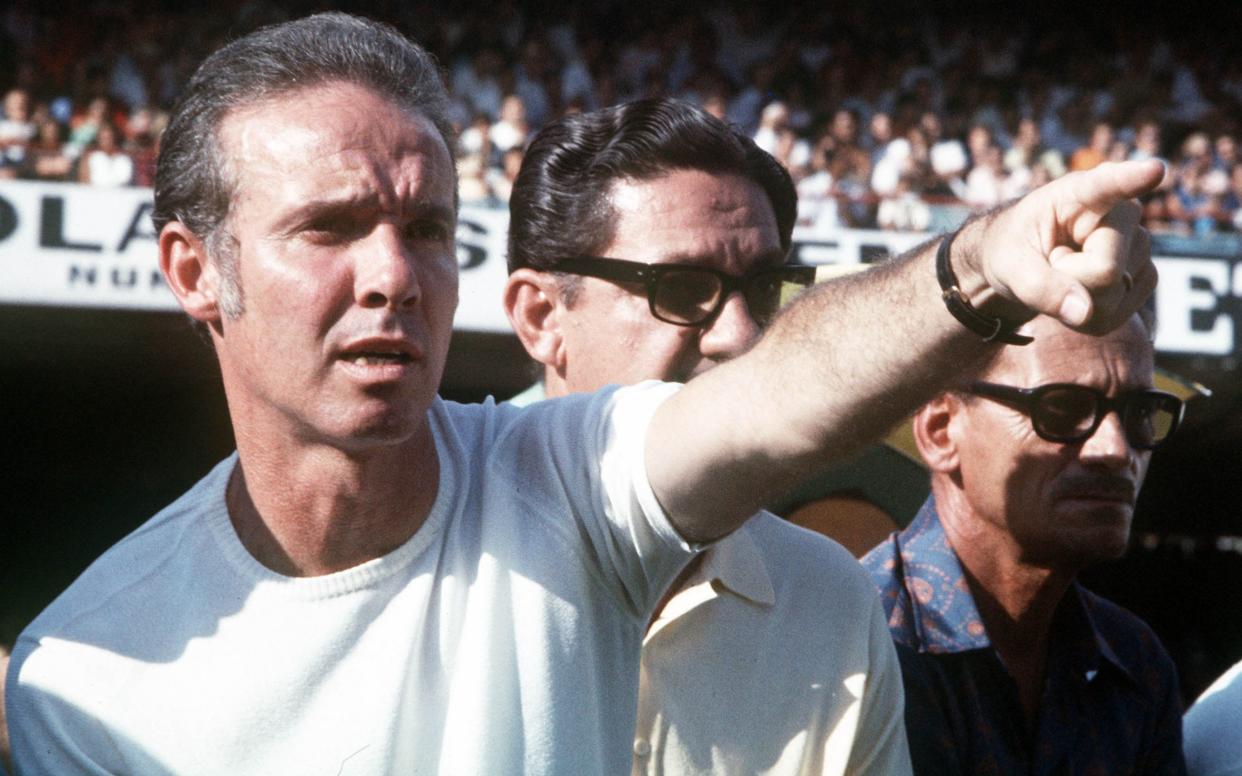
- Oops!Something went wrong.Please try again later.
Mário Zagallo, who has died aged 92, was not as great a player as his teammate Pele, but he was perhaps even more influential in securing Brazil’s status as the world’s leading footballing nation.
He was the first person to win the World Cup both on the pitch and as a manager. The former triumph came in 1958 and established Brazil as the force to be reckoned with in the game. The latter occurred in 1970, when Zagallo presided over the greatest display of attacking football ever seen in the tournament.
His association with the World Cup lasted for six decades and began even before he was picked for Brazil. Growing up in the Tijuca neighbourhood of Rio, he saw the ground broken for the Maracaña stadium being built down the road and played on the construction site.
By 1950, he was doing national service in the army and helped to provide security inside the ground for the final match of the competition between Brazil and Uruguay. In common with his countrymen, his dreams that the hosts would win their first World Cup were abruptly shattered by unexpected defeat.

Eight years later, Zagallo found himself again at the final, but this time as a protagonist. A small and nimble left-winger, distinguished above all by his reading of the game, he had only recently broken into the team. Its formation was adjusted from 4-2-4 to a revolutionary 4-3-3 to accommodate his then unusual readiness to drop back into midfield to help out the full-back, Nilton Santos.
When the team had possession, he would look to find its new star, the 17-year-old Pele. His ability to pop up at both ends of the pitch proved crucial in the final against hosts Sweden, who opened the scoring soon after kick-off.
Almost immediately afterwards, the ball again evaded Brazil’s goalkeeper, Gilmar, but Zagallo headed it off the line to prevent the Seleção from going two down. They ran out 5-2 winners, with Zagallo claiming the fourth as Pelé began to burnish his fame by scoring twice.
Four years later, Zagallo played an even more important role in Brazil’s retention of the trophy. Pele missed most of the tournament with injury, but Zagallo scored the first goal in defence of their title, against Mexico. With Garrincha at his peak, Zagallo also created four of the 14 goals that they scored on the way to eventual victory over Czechoslovakia in the final.
He retired as a player in 1966, having won 33 caps for Brazil, notching up five goals. Zagallo then began to forge a reputation as a manager in club football. In 1970, just over two months before the World Cup in Mexico, João Saldanha was fired as coach of the national team and Zagallo appointed in his stead. He was just 38.
Having shrewdly taken the squad up to altitude to acclimatise for the tournament, he reverted to the 4-3-3 formation of 1958 to incorporate the talent of Rivellino. Indeed, he played five No 10s – attacking midfielders – in his side, the others being Pele, Gerson, Tostão and Jairzinho.
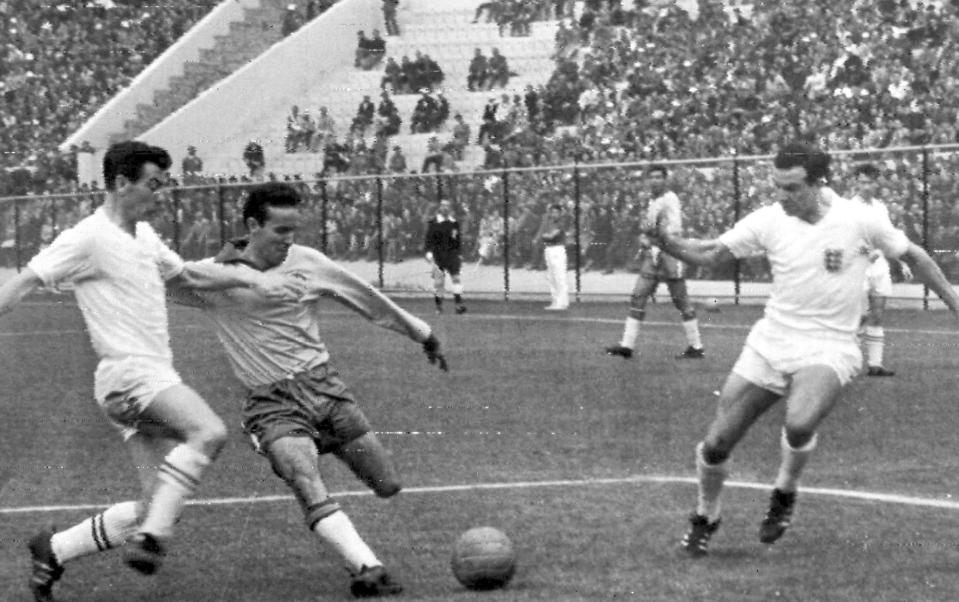
His preparation and boldness played off as Brazil claimed the trophy in the most scintillating fashion, thrashing Italy 4-1 in the final and immortalising the side’s stars in the collective memory of fans the world over. Comparatively few, however, could now name the manager who let them play as they did.
Of Lebanese descent, Mário Jorge Lobo Zagallo was born in Atalaia, on the coast of central Brazil, on August 9 1931. His father, Haraldo, had previously been a footballer known as “the king of the dribble” with Clube de Regatas Brasil there. When Mario was still an infant, however, the family moved to Rio, where his father worked for a textile company.
As a boy, Mário was talented at several sports, notably table tennis. His father was at first reluctant to let him make his career in football, preferring that he train as an accountant, but relented when Mário’s brother prevailed on him. Mário himself had thought of becoming a priest, or an airline pilot (until ruled out by poor eyesight).
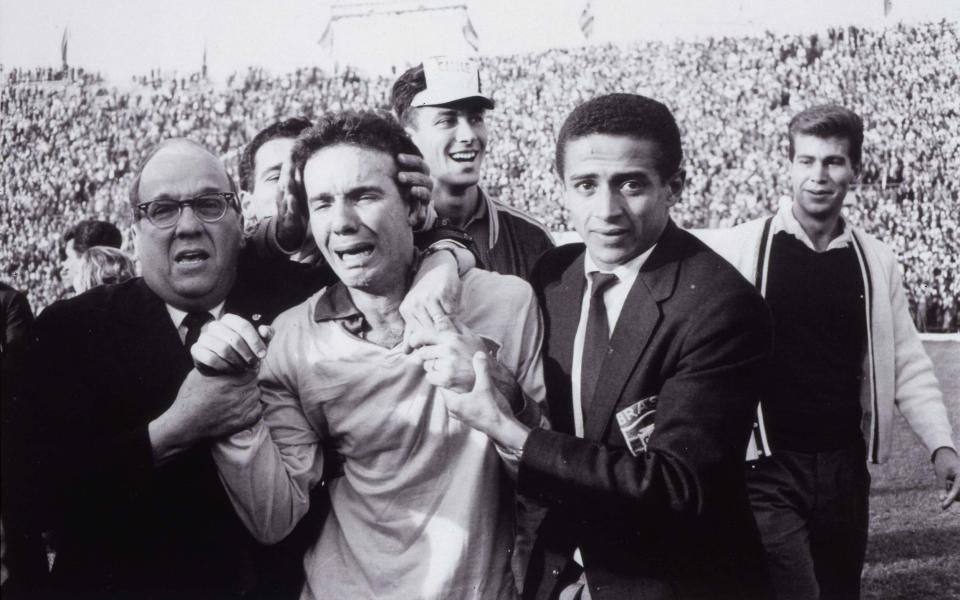
After winning an amateur championship, Mário joined the America club, where his stature – he stood 5ft 6in – brought him the nickname formiguinha or “little ant”. His surname had been misspelled on his birth certificate and he would play for his entire career as Zagalo. In 1951 he moved on to Flamengo, one of the city’s great teams, with whom he won three state championships.
Following the triumph in Sweden, he played for seven years at Botafogo with Garrincha and Didi, claiming two more state titles. On hanging up his boots, he became the club’s Under-21 coach and then manager of the senior side. He won the Brazilian cup in 1969 with them and would eventually take the helm at all four of Rio’s major clubs.
In 1974, a Brazil team shorn of their talisman Pelé, and playing in a more overtly physical style, lost in the semi-finals of the World Cup to the Netherlands. Zagallo handed over the reins and had a lengthy spell as a coach for hire, working in Kuwait and Saudi Arabia. He led the United Arab Emirates in 1989 to their first qualification for the World Cup finals.
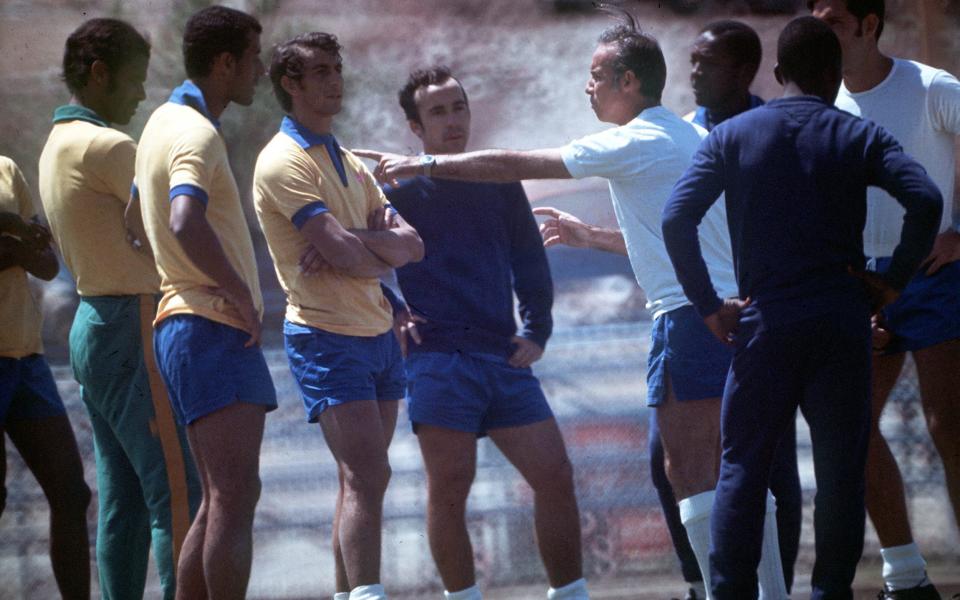
He returned to the Brazil dug-out as assistant to Carlos Alberto Parreira for the 1994 tournament, held in the US. The Seleção had by then not won the competition for 24 years. The likes of Dunga, Romario and Bebeto testified to his immense influence on the team as they claimed a record fourth World Cup, defeating Italy on penalties.
Zagallo had been involved in all four victories, a feat still unmatched, although Franz Beckenbauer and Didier Deschamps have since equalled his achievement of winning it as player and manager.
Under his management, Brazil were among the favourites to win again in France in 1998. The side had been heavily criticised by the national press until they won the Copa America in Bolivia the previous year. Zagallo was prone to outbursts and, with his face turned puce by the rarefied air in La Paz, he yelled at the television cameras: “You’re going to have to put up with me!” His words at once became (and remained) a national catchphrase.
As it was, Brazil lost in the final to France and Zinedine Zidane’s brilliance, although a contributing factor was the mysterious dizzy spell which prostrated their star striker, Ronaldo, on the morning of the match.
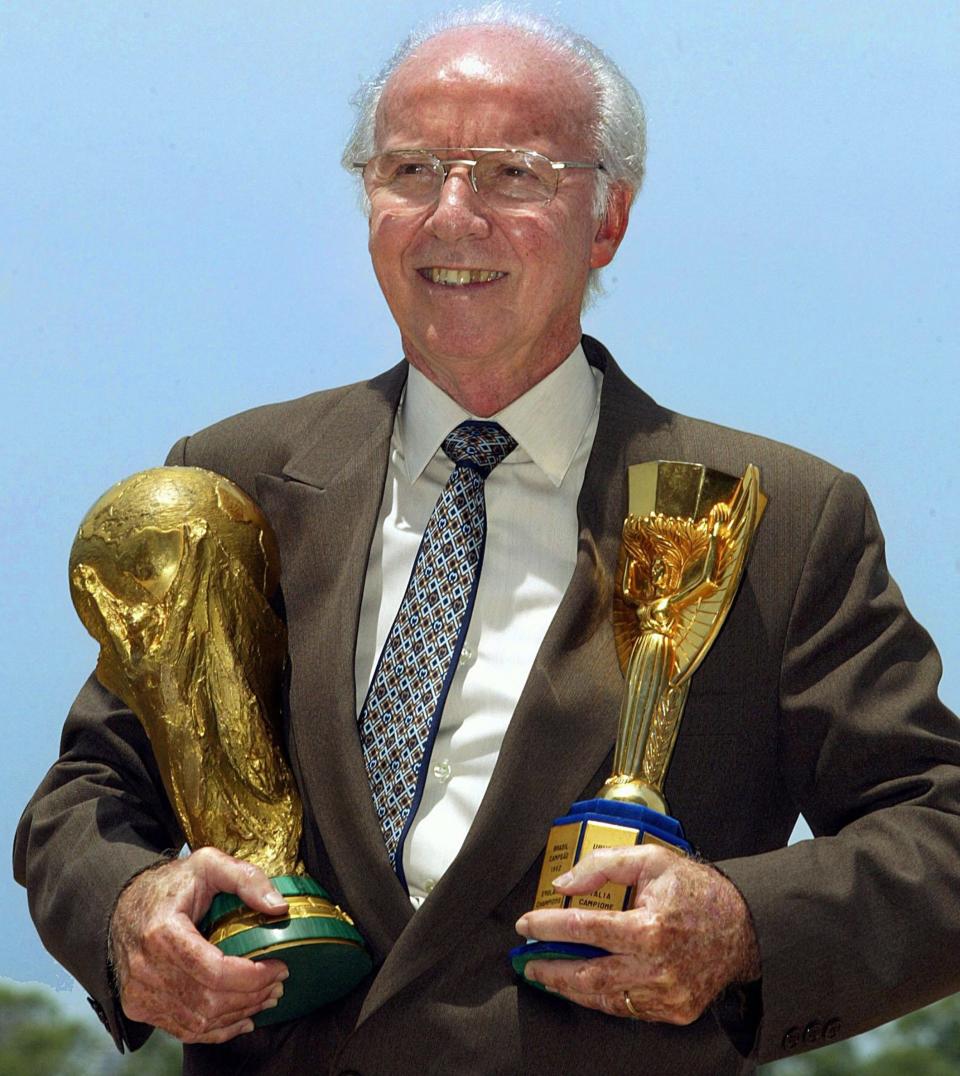
Zagallo had one more match in charge of the national side, in 2002, after Luiz Felipe Scolari had quit. In total, Zagallo won 99 of his 135 matches as Brazil’s manager and suffered just 10 defeats. He made a then record sixth appearance at the World Cup finals in 2006 as Carlos Alberto Parreira’s technical co-ordinator.
Brazilians enjoyed the many idiosyncrasies of “the Old Wolf”, notably his belief in the power of the number 13. He remained a devout Roman Catholic, as was his wife, Alcina, a teacher whom he married in 1955. She was particularly attached to St Anthony of Padua, whose feast falls on June 13.
Zagallo noted that the two last numbers of both 1958 and 1994 added up to 13. He lived on the 13th floor and had 13 in his car number plates. When he won his last title as manager of Flamengo, in 2001, the scoreline was 1-3. (And had he died a day earlier, the date and year would have added up to 13). He was the last survivor of the victorious 1958 team.
Mário Zagallo’s wife predeceased him in 2012 and he is survived by their two sons and two daughters.
Mário Zagallo, born August 9 1931, died January 5 2023

